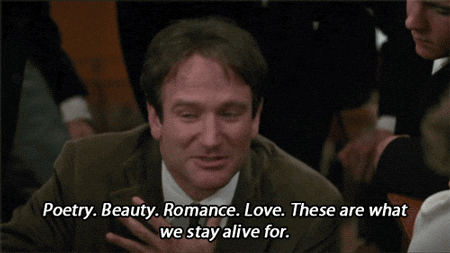#42 The Case for Masculinism
Young men are facing an identity crisis. Time to redefine what being a man is.
👋 Hey! We’re Alex & Marc, two longtime friends and curious minds.
Welcome to 3x, a publication about living a meaningful life. We explore ideas that help us live wiser, freer and more intentional lives.
Join 3,000+ weekly readers growing a life with more clarity and depth, one post at a time.
A Masculinity Crisis
Across the developed world, young men are drifting.
They're falling behind in school. Dropping out of work. Withdrawing from relationships. Male suicide rates are 4x higher than female. Friendships are declining. Purpose is evaporating.
In Spain or Italy, over 40% of young men still live at home. In Japan, 1.5 million men live in near-total isolation. In the US and UK, men dominate prison and dropout stats. College enrollment is collapsing.
Society talks about men in two ways:
As problems. Or not at all.
But here’s the issue:
Men aren’t broken. The script they were handed no longer fits the world they live in.
Old men
For centuries, being a man meant being the protector, the provider, the leader, the stoic, the winner.
These roles weren’t random. They were shaped by biology, and reinforced by culture.
Men have 7–10x more testosterone, which fuels muscle, aggression, drive, and a hunger for status.
Their brains respond more intensely to risk and reward, making them bolder—and sometimes reckless.
Men tend to externalize emotion—through anger, detachment, or action.
Cognitively, they lean toward systemizing (logic, tools, patterns), while women lean toward empathizing.
These traits served a world built on force, hierarchy, and survival. Society codified them into roles. And for centuries, men knew who they were—and what they were for.
But biology defines potential, not purpose.
The world has changed. And it’s time men do, too.
A new world
The battlefield is gone. The sole breadwinner model is dead. Leadership now demands empathy. Stoicism creates distance. Strength alone doesn’t get you far.
But society hasn’t given men a new script—just a list of what not to be.
Don’t be toxic.
Don’t dominate.
Don’t interrupt.
Don’t take up too much space.
Valid corrections. But no direction.
So men retreat—into games, porn, silence.
Or they rebel—into rage, misogyny, denial.
What they rarely do is grow—because no one told them where to grow toward.
And yet, the same biology that built the old roles can fuel new ones.
Better ones. Aligned with today’s reality.
New men
We don’t need to erase masculinity.
We need to upgrade it.
We still need men who protect—but not with fists or pride, with stability. Men who make others feel safe, seen, and grounded.
We still need providers—but not just of money. We need men who provide support, emotional labor, presence.
We still need leaders—but not ones who bark orders. Leaders who listen, mentor, guide.
We still need strength—but not the kind that shuts down feelings. We need emotional strength: men who feel deeply and respond wisely.
And yes—we still need competitiveness. But not against others. We need men who compete with themselves—driven by purpose, mastery, and service.
These aren’t rules. They’re possibilities.
Not boxes to fit into. Directions to grow toward.
Today’s society still needs men.
But not for their biceps—for their presence, clarity, and stability.
Symbiosis
Not a backlash. Not a rivalry. A reset.
This isn’t about men vs. women. It’s not denying the need for gender equality. It’s about naming something that’s been ignored too long:
Men are struggling. And they need a new path.
Feminism gave women freedom from old roles.
Masculinism must do the same for men.
And here’s the key:
Stronger, healthier men don’t slow equality. They enable it.
Redefining masculinity isn’t just for men.
It’s for the women who partner with them.
The children they raise.
The workplaces they lead.
The societies they shape.
We still need strong men. Present men. Whole men.
Not because the world is asking less.
But because today, it’s asking more—and we need men ready to answer.
PS: This article speaks in averages, not absolutes. It doesn’t aim to define individuals, but to highlight broad patterns and offer a general direction. As such, it simplifies complex issues—and the solutions.
Thanks for reading 3x!
If this resonated with you, hit the ❤️ and leave a comment—it means a lot. And if you know someone who’d appreciate it, share it via email, WhatsApp, or on social media. Good ideas are better when shared.
Subscribe just below to stay in the loop. 👇
Related articles & podcasts






